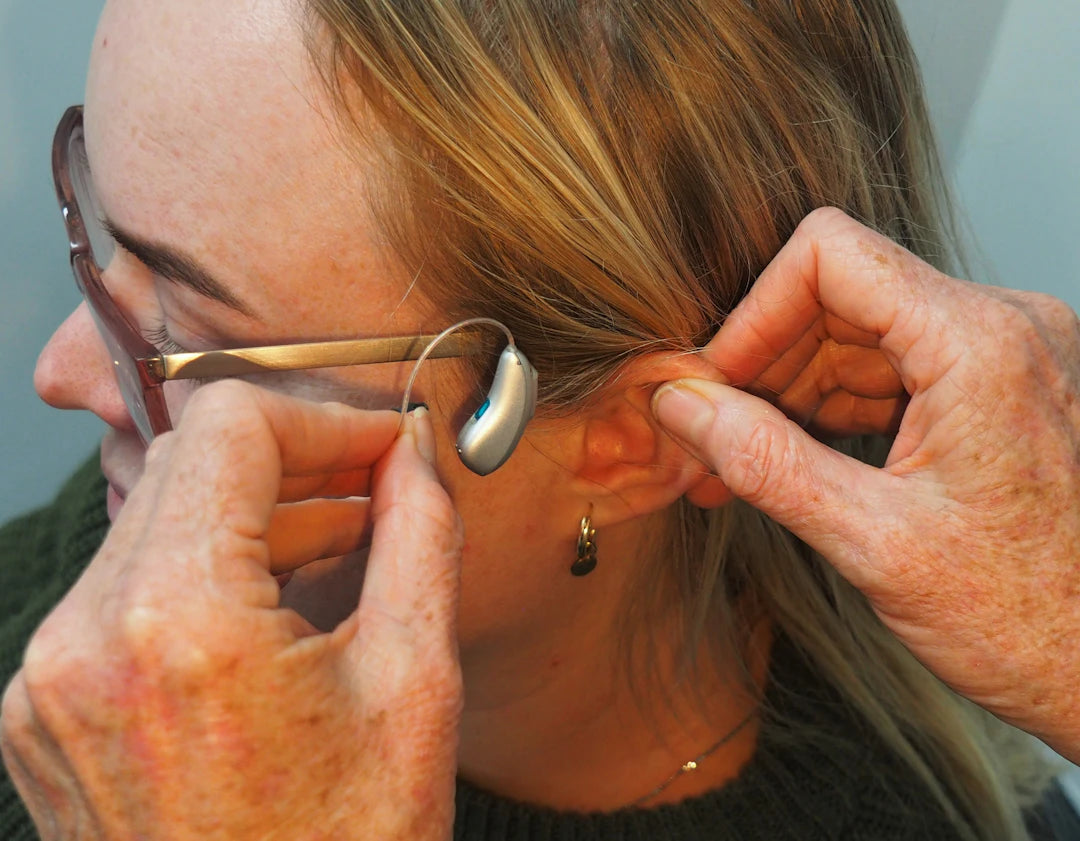Frequently Asked Questions
1. What features should I look for in a TV for seniors with hearing impairments?
2. How can audio enhancement technology help seniors with hearing loss?
3. What are some recommended screen sizes for seniors?
4. What role do wireless headphones play in enhancing the viewing experience?
5. How can I personalize the TV settings for seniors?
Finding the right television can be a challenging task, especially for seniors with hearing impairments. As technology continues to advance, it’s essential to navigate through various features and options to ensure an enjoyable viewing experience. This article is dedicated to helping families and caregivers choose the most suitable TV for seniors, focusing on key features that cater to those with hearing difficulties.
Understanding the Needs of Seniors with Hearing Loss
When it comes to seniors, some may experience mild hearing loss, while others may deal with more severe impairments. Understanding the level of hearing difficulty is crucial for selecting the best TV options. Here are a few factors to consider:
- Level of hearing impairment
- Preferred viewing habits (movies, news, sports, etc.)
- Need for accessibility features
- Use of hearing aids or cochlear implants
Important Features to Look For
When choosing a TV for seniors with hearing impairments, there are several features you should keep in mind. Here are some critical aspects to consider:
Audio Enhancement Technology
Many modern TVs come equipped with audio enhancement technologies that improve sound clarity. This is especially beneficial for seniors who may have difficulty understanding dialogue due to muffled or unclear audio. Look for features like:
- Speech Enhancement: Enhances clarity of spoken dialogue while reducing background noise.
- Audio Description: Provides verbal descriptions of what is happening on screen, assisting viewers who may struggle with visual elements.
Closed Captioning and Subtitles
Closed captioning is a vital feature for seniors who may find it challenging to follow spoken dialogue. Ensure the TV allows effortless access to closed captions. Check the following:
- Ease of turning captions on and off
- Ability to customize font size and style
- Availability of subtitles in multiple languages
Sound Output Options
Most seniors prefer having flexible sound output options. Look for TVs providing the following capabilities:
- External Speakers or Soundbars: Allows for enhanced sound, which can provide clearer audio.
- Bluetooth Compatibility: Enables connection to hearing aids or Bluetooth speakers for personalized audio experience.
- Optical Audio Outputs: Offers a direct connection to sound systems, ensuring superior sound quality.
Screen Size and Quality
The size and quality of the television screen are significant factors in creating an enjoyable viewing experience. Seniors may struggle to see smaller screens, which can make following along with their favorite programs challenging. Consider the following:
Screen Size
Generally, larger screens facilitate better viewing opportunities, especially for those with vision impairments. Here’s what you need to consider:
- A screen size of at least 50 inches is often recommended for comfortable viewing.
- Location of the TV: Make sure the TV can be viewed adequately from where the seating area is.
Picture Quality
The resolution of the TV can greatly impact the viewing experience. While 4K TVs deliver exceptional picture quality, it’s important to ensure that the seniors can appreciate the detail. Look for:
- High Definition (HD): At minimum, aim for at least 1080p resolution.
- Brightness and Contrast: The TV should provide good visibility in various lighting conditions.
User-Friendly Interface
A user-friendly interface is crucial for seniors who may not be familiar with new technology. Opt for smart TVs that offer intuitive menus and easy navigation. To enhance usability:
- Look for voice control capabilities to simplify adjustments.
- Ensure there is a remote control with large, clearly marked buttons.
- Consider models with customizable home screens for quick access to favorite channels and apps.
Creatively Enhancing the Viewing Experience
Beyond the technical specifications, there are several additional ways to enhance the viewing experience for seniors with hearing impairments:
Wireless Headphones
Wireless headphones can significantly improve sound clarity. They allow seniors to enjoy their preferred volume without disturbing others around them. Look for:
- Comfortable ear padding for extended wear.
- Noise-cancellation features to block background sounds.
Social Viewing Setting
Creating a social environment can enrich the viewing experience. Encourage family members or friends to join in, ensuring the atmosphere is engaging and supportive.
Personalized Setup Options
One size doesn’t fit all, especially regarding television settings. Personalize the TV according to preferences and needs. This includes:
- Setting up the best sound and picture quality based on preferences.
- Adjusting volume levels to a comfortable setting without distortion.
Conclusion: Making Informed Choices for Enjoyable Viewing
Choosing the right TV for seniors with hearing impairments doesn’t have to be a daunting task. By considering vital features like audio enhancements, screen size, user interface, and additional accessories such as wireless headphones, you can make an informed choice that enhances the overall viewing experience. With the right television set-up, seniors can enjoy their favorite shows and movies with clarity and comfort, making every moment enjoyable and connected. Make the effort to find a TV that creates not just a viewing experience but opens doors to shared memories and treasured moments.
Discover the creativity of other Shopify or Wix store owners by visiting their stores. Follow this link to their online store. Please remember that this is a promotional link, and we assume no liability for the content of the linked store.

